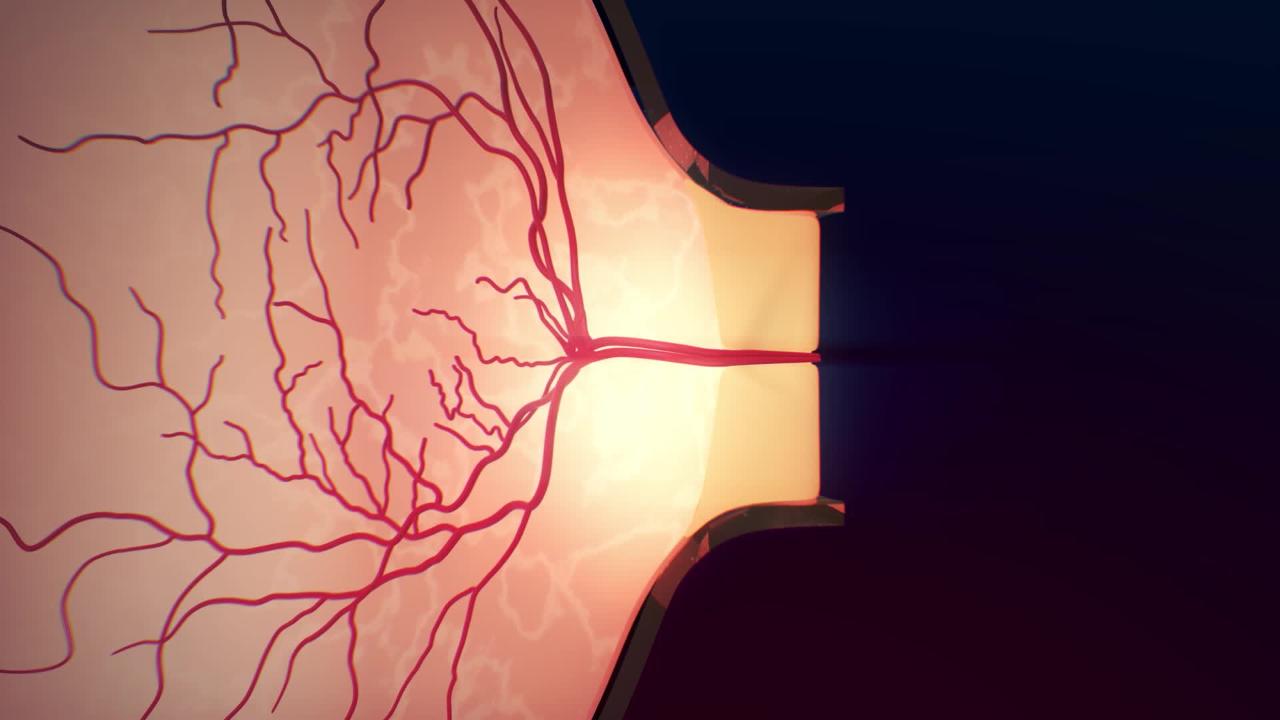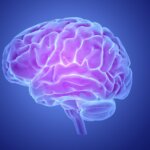New findings in the journal Alzheimer’s & Dementia: Diagnosis, Assessment & Disease Monitoring may offer new insight into the detection of early-onset Alzheimer’s disease through changes in the eye.
According to researchers at Johns Hopkins Wilmer Eye Institute, measuring blood flow in the back of the eye might be a route for early detection of the neurodegenerative disease.
For the study, 13 participants were examined. The participants had been diagnosed with an uncommon early-onset Alzheimer’s disease.
Through optical coherence tomography angiography (OCTA), researchers were able to examine the blood vessels in the back of the eyes of the patients. The disease is known to be marked by mutations established in three separate genes.
From the findings: “early-stage (ES) carriers had significantly greater capillary blood flow than controls and late-stage (LS) carriers. ES and LS carriers had significantly greater capillary blood flow heterogeneity than controls. There was no difference between capillary blood flow of LS carriers and controls.”
“ES ADAD carriers demonstrate increased retinal capillary blood flow and flow heterogeneity compared to controls. These findings support the hypothesis that increased perfusion is a pathophysiologic feature of presymptomatic stages of ADAD,” the findings also determined.


